Walla Walla Wha? Peanut Butter and Sweet Onion
It was a French soldier, Peter Pieri, who first brought the sweet onion seeds to Southeastern Washington that would become the well-known Walla Walla sweet onion. In the late 1800s, Pieri immigrated from Corsica, a French island off the coast of Italy, to the Walla Walla valley of southeastern Washington State. From my usual half-assed research on the topic, there is little else to the story–nothing about Pieri himself, or what brought him 9,000 miles west of Corsica to what then was little more than a trading post town. But within a few decades, other immigrant farmers, many of whose families still run farms in the Walla Walla Valley today–Joseph Locati, Leonard Taruscio, Jikichi Hamada, Andrea Castoldi, among others–joined him in growing the French sweet onion that would eventually become known as the Walla Walla.
Corsica is not now known for its sweet onions; searches for Corsican onions yield mostly Walla Walla references. I did also a brief mention or two of allium corsicum, an endangered flowering plant in the same genus as allium cepa, the bulb onion species of which yellow, white, red, sweet onions and even shallots are all variants, but allium corsicum does not appear to be edible. There are other sweet onion varieties well known to Europeans of the time though, sweet onions from Spain or the Cévennes of southeastern France. Perhaps the seed that became the Walla Walla onion was related to one of these. Sweet onions, though, unlike their seeds, do not keep or travel well; the same qualities that make them sweet–low in acid, high in water content–make them more susceptible to rot than other root vegetables, and they should be used within a month or two of harvest.
That harvest, in Walla Walla, occurs in June. The climate of the Walla Walla valley is similar to that of the areas surrounding it–the deserts of Eastern Washington and Oregon, lying as they do in the rain shadow of the Cascade Mountains to the west, feature hot days and cool nights during the growing season and little precipitation, requiring irrigation for agriculture. The Walla Walla valley’s soil, however, is a silty loess that is particularly good for farming, and the valley has been designated an American Viticultural Area, known now for its wine grapes as well as its onions.
All that wine may in part explain their interest in the peanut butter and onion sandwich, a sandwich they claim is perfected by the sweetness of the Walla Walla onion. The peanut butter and onion sandwich was famously championed by author Ernest Hemingway, who also once said “My only regret in life is that I did not drink more wine,” a pastime he certainly could have explored in the Walla Walla valley as well as anywhere. “Papa” Hemingway was also known for acts of performative masculinity though. Eating a peanut butter and onion sandwich would be a minor example of such compared to, say, shooting an elephant, a difference of kind as well as degree, but perhaps not entirely outside that sphere.
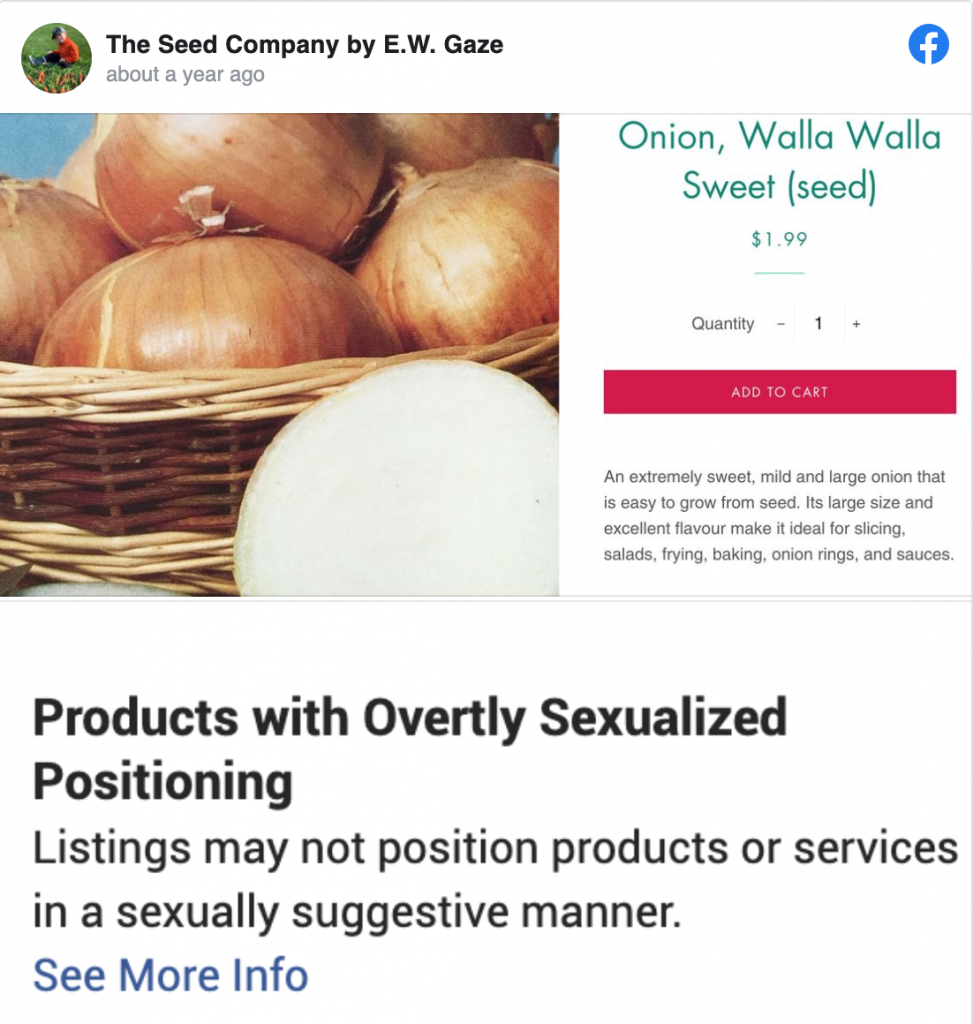
Hemingway’s PBO didn’t use Walla Walla onions though, or at least he did not specify, and these onions are not of the sort said to put hair on the chest you’re thumping regardless. Walla Walla onions are, according to local lore, sweet enough to eat like an apple. The people of Walla Walla are so enamored of the onion that they hold a celebratory event during the onion’s harvest period in late June, the Walla Walla Sweet Onion Festival. Canceled in 2020 and 2021 due to COVID-19, the Downtown Walla Walla website has already posted the dates for the 2022 edition, and I hope it goes on because I’d like to attend. Walla Walla onions are also, notoriously, too sexy for Facebook.
The more I read about Walla Walla onions, the more convinced I was that they were the only possible choice for this sandwich. However, as I mentioned, they are a seasonal product that does not keep well, and they are only grown in a very specific area of the country. June to August is when Walla Walla onions are available. As I write these words, it is currently early November.
In late August, in a rare moment of foresight, I found a website for farmers in Walla Walla where I could order a case of onions and have it shipped. Could I find something to do with a box of onions besides make peanut butter sandwiches? Sure, we all could! But I was going to be out of town that weekend for my family’s hog roast. So I held off on ordering–I did not want a box of Walla Walla onions to sit sweltering in the late summer heat, packed tightly in a box on my porch all weekend, rotting. When I returned from the trip and checked the website, though, they were no longer available for order.
I’d like to say that I pulled my hair, gnashed my teeth, and rended my garments, cursing the ficklety of a universe that would inconveniently alphabetize the peanut butter and onion sandwich. Mostly though, I was just relieved. I mentioned to Mindy that I would have to reorder the List somehow to accommodate writing this post during Walla Walla season, or maybe even *gasp* not do peanut butter and onion sandwiches at all.
A few days later, this box showed up on our doorstep:
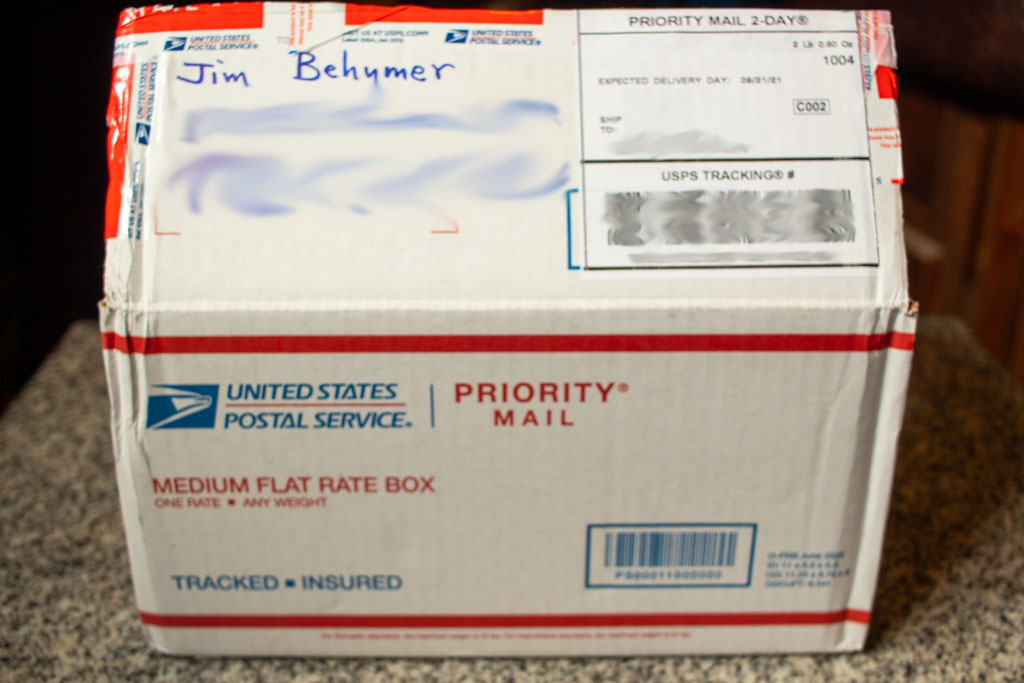
Its contents? Carefully packed in between a few different late-summer varieties of plum from my father-in-law’s orchard, there were 3 Walla Walla sweet onions, grown by Mindy’s aunt in Eastern Washington.

The farms and gardens of Mindy’s family are not located in the Walla Walla Valley AVA. She and her family hail from the Spokane area originally, and her parents retired there to start a hobby farm, first among the many entrepreneurial ideas constantly racing through her mother Linda’s mind. Her father, a studious and hard-working sort, grows a bewildering variety of plums in their backyard orchard. While the hobby farm might be small by the standards of a farm, her aunt’s plants constitute more of a large country garden, extending down a slope from her back porch, striking marigolds and bright cosmos intermingled with the climbing vines of peas, pole beans, and squash, the beds of zucchinis, tomatoes, potatoes, onions and herbs. Garden and farm both are located in eastern Washington, though they are 90 or so miles north of the Walla Walla Valley. If anyone were to try to sell these onions as Walla Wallas, I’m sure the Onion Police would be on the case. Aunt Marilyn is well-known for freely giving the produce of her garden to others though, and this time I was the beneficiary. These Walla Wallas were certainly close enough for my purposes.

This late in the season–I took this photo in mid-September–the onions had not yet sprouted, but it wouldn’t be long based on the cross-section.

I sliced the onions–not too thick, but not super thin either, as I didn’t want them to get lost in the mass of peanut butter–using a mandoline slicer to keep them to an even thickness.
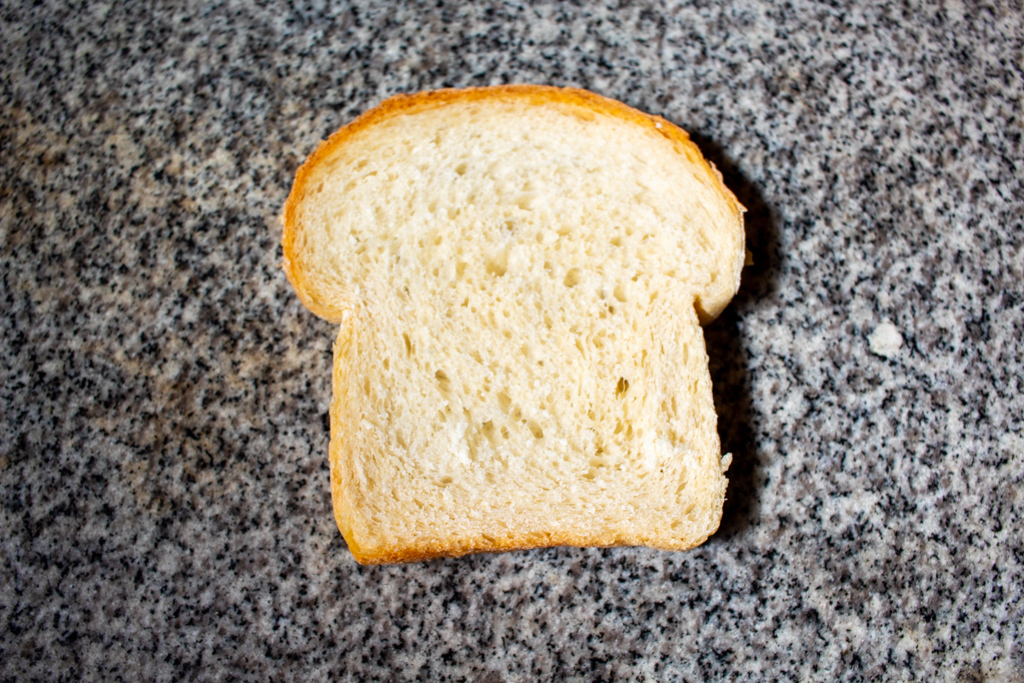
I used a simple white bread, as most descriptions of the sandwich call for–something a step above a cheap loaf of the squishy stuff from a grocery store shelf, but still nothing fancy. A simple bread, the kind of thing that calls out for a light toasting and some butter and jam. I’m sorry, bread. You deserved better.
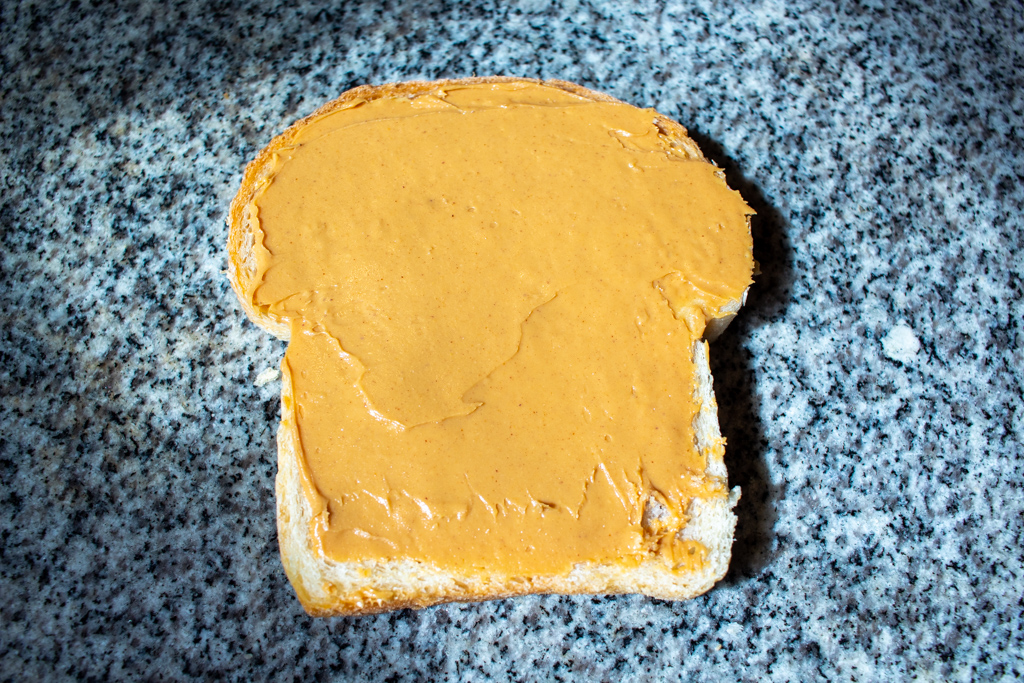
Smooth peanut butter seemed best for this–the texture provided by the onions would be more than enough, a chunky peanut butter would be overkill.
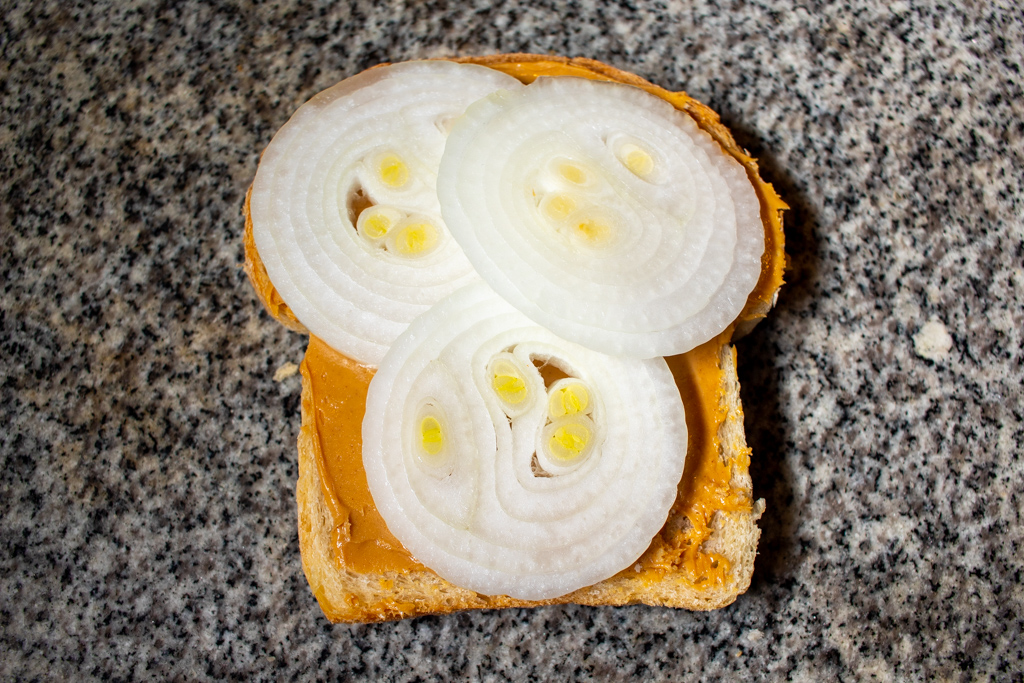
I used enough onions to provide full coverage with minimal doubling-up, and then topped the sandwich with another slice of peanut-buttered bread.
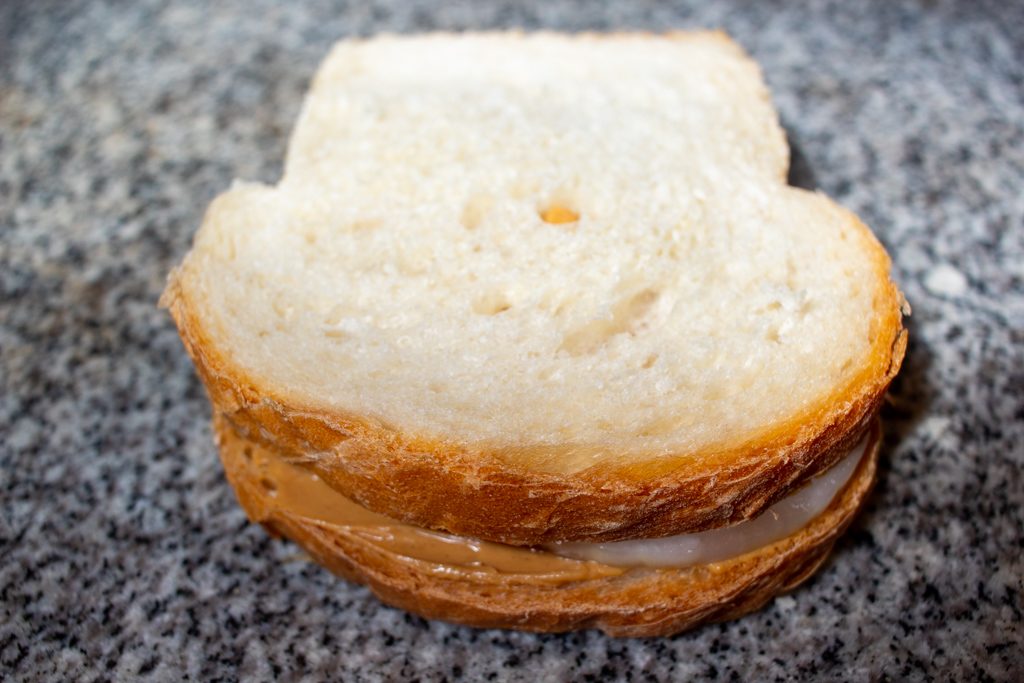
From my cross-section, I feared that I may not have used quite enough peanut butter. But I dove in regardless.
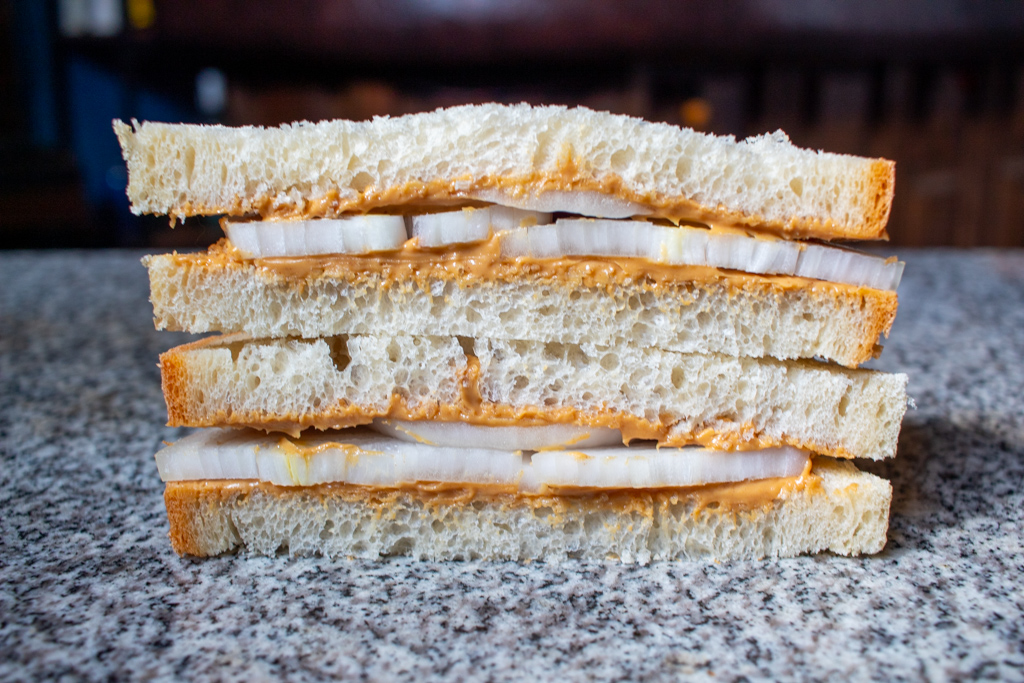
A note on sweet onions: in my experience, the word “sweet” when used to describe a raw onion does not denote the same quality of sweetness one experiences biting into an apple, or a pastry. “Sweet” in onion terms seems mainly to reference a lack of the acidly sulfurous bite, that sharp pungency that raw onions generally have. And these onions did lack that.
I wasn’t quite buying the “sweet enough to bite into like an apple” line though. These were still onions, and while the initial flavor did not have the cutting sharpness of a standard yellow onion, they still tasted like onions, mildly sweet perhaps but not nearly fruitlike. They still smelled like onions, lacking the sulfuric acid compounds that irritate one’s eyes when they’re cut into but cutting nonetheless. Both flavor and aroma lingered as well, that oniony miasma that clings to your tongue long after that burger or gyros is nothing but a memory.
The sandwich did work to some extent though. The slight sweetness of the major-brand peanut butter, the juicy crunch of the slices of onion, the light and malleable white bread that had little to do but contain two ingredients that are already irrevocably glued together. That lingering onion funk though… It somehow feels wrong coming from a peanut butter sandwich. And yet, isn’t that just a kind of provincial presupposition, a bias that I need to work past?
I’ve had multiple people tell me I should try it again with a Vidalia onion, a sweet onion far more widely available than the Walla Walla. I certainly see them in nearly every store around here. Maui onions, “Candy” onions, Bermudas, Texas Sweets… There are a number of possibilities.
I think one peanut butter and onion sandwich is enough for me though, thanks. At least until next June, when Walla Wallas are in season again. If I can get myself to that festival and they have peanut butter and onion sandwiches there… Maybe by then I’ll be ready for another.

I like sandwiches.
I like a lot of other things too but sandwiches are pretty great



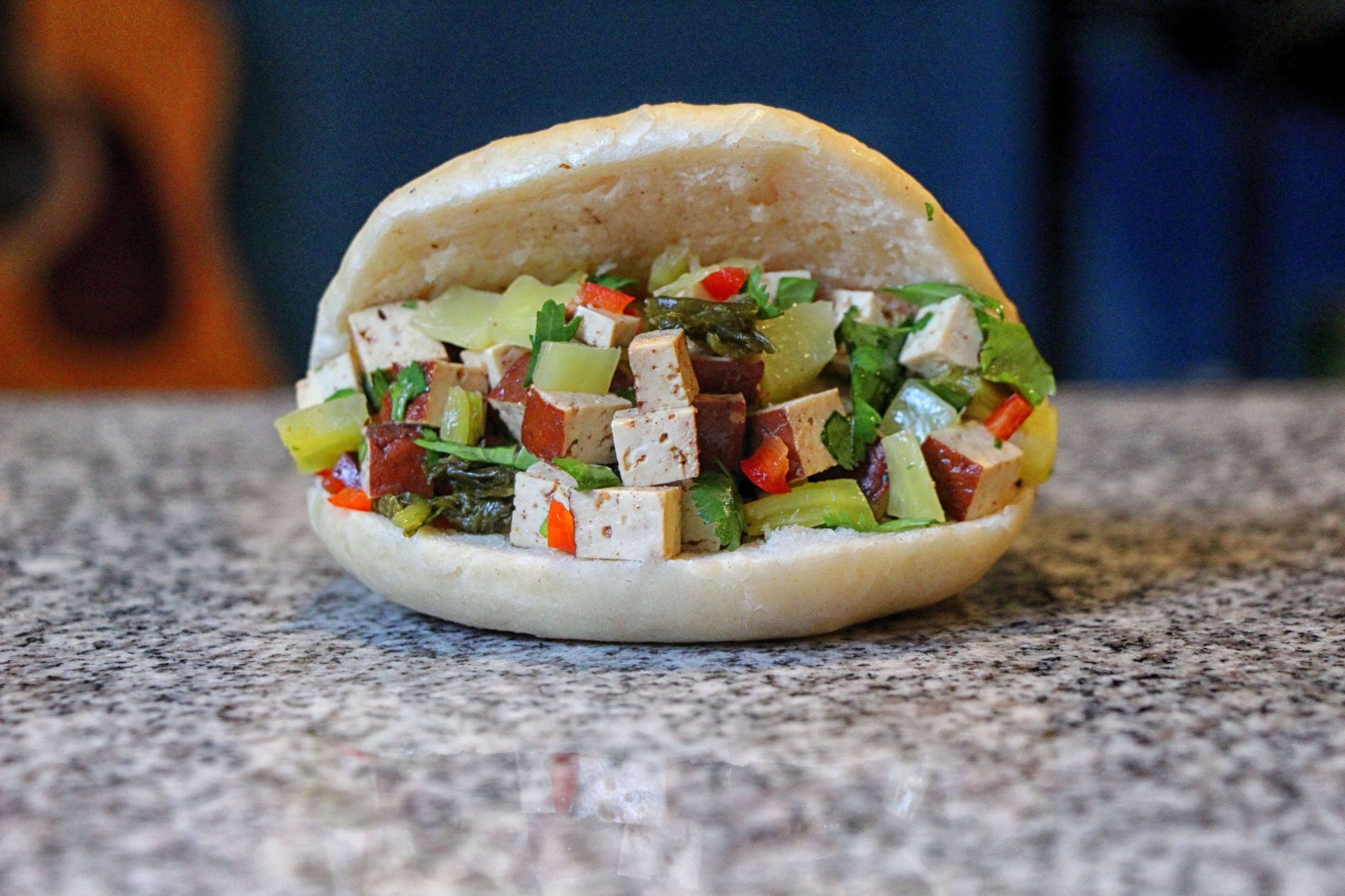
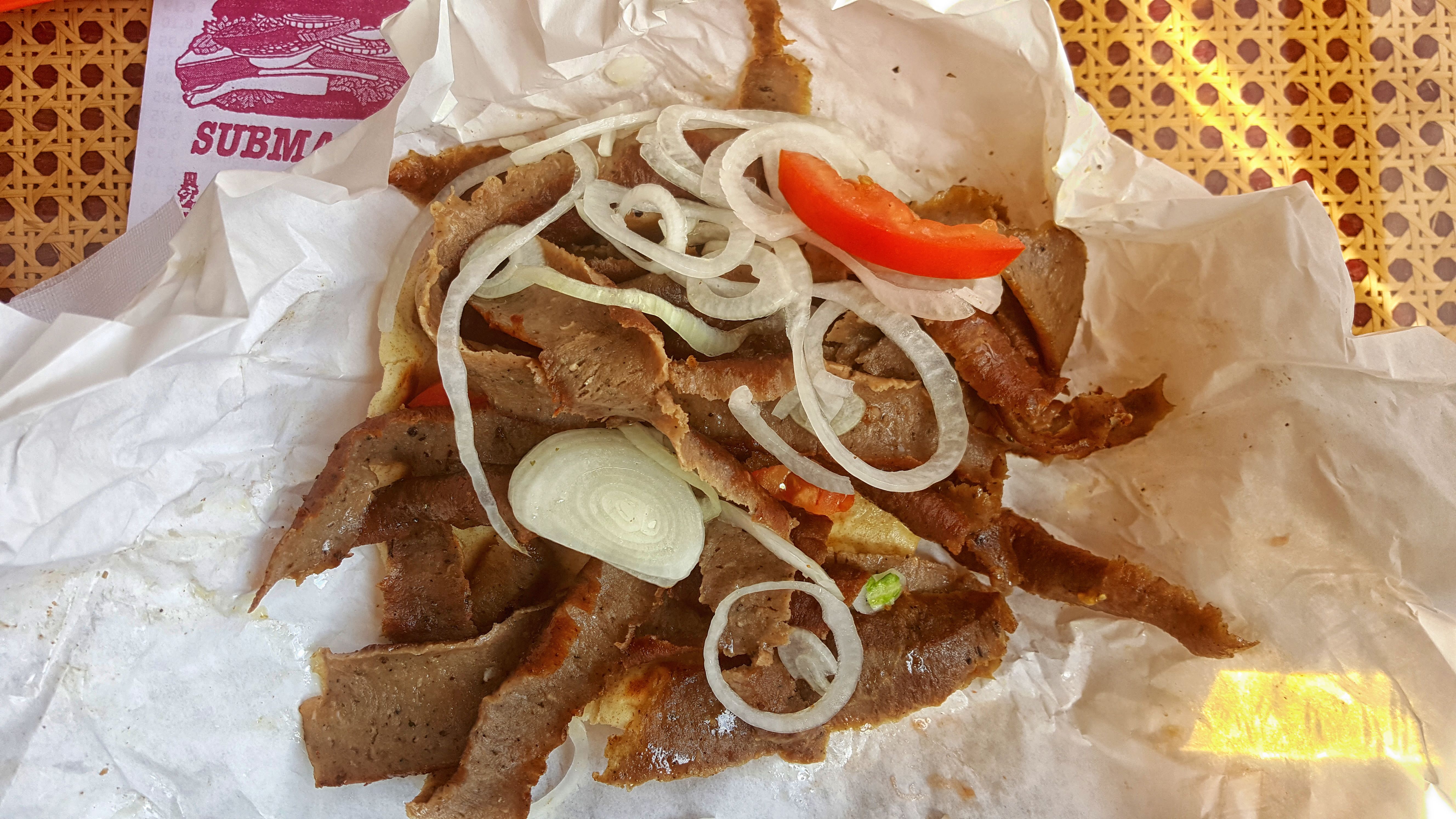






Recent Comments